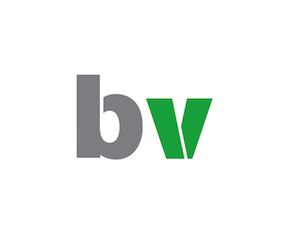Marking Tools
There are several marking tool options, but a blade may be best.
When using a marking tool, whether it is a pencil, an awl or something else, surgeon-like precision is the goal and usually a necessity. While you may prefer the pencil, when it comes to marking smooth surfaces where a fraction of an inch can be the difference between a successful project or an outright disaster, a sharp knife blade may be your best tool.
The reason for this is because pencil lines can be too broad across the surface unless the point is perfectly sharp and an awl can create lines that are fuzzy, especially when created across the grain. Using a sharp knife point can eliminate those problems and create clear lines that will help make cutting easier and more accurate.
The score line a blade puts in wood also cuts fibers and reduces the potential risk of the grain tearing out when sawing or chiseling along the line.
There are many types ofknifesthat have different specialties from wood to steel, but a standard utility knife should be able to serve admirably for a of projects around the house. When working with cabinets in the shop, a razor-sharp X-acto knife with a smaller blade may work best.
However, that is not to say that you should eliminate using pencils and awls entirely. The tools can be used in tandem to produce easier to see lines. For example, making the initial line using the shape knife blade, then running the tip of a 4H pencil through the blade line can make it easier to see, thus easier to cut.







